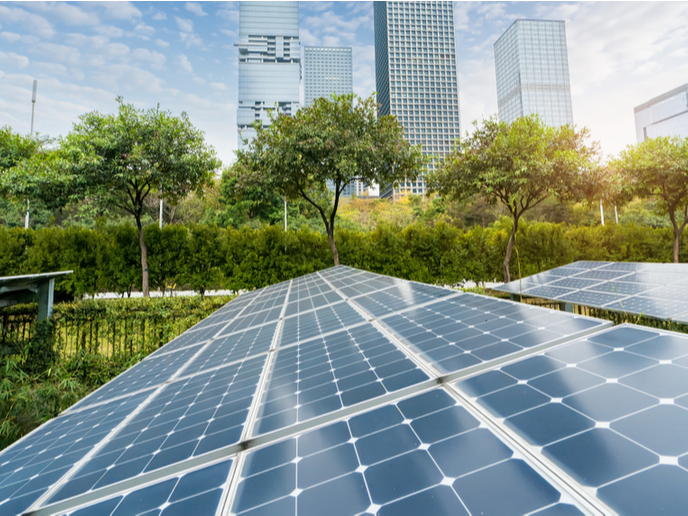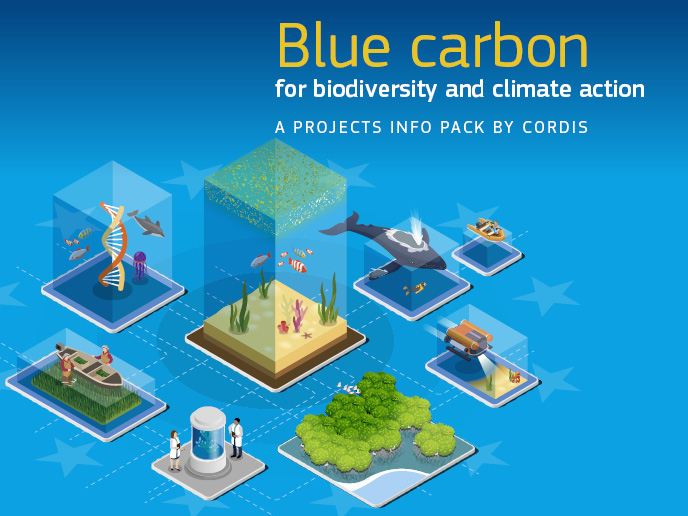Better monitoring of non-CO2 greenhouse gases
The INGOS(opens in new window) (Integrated non-CO2 greenhouse gas observing system) project supported the integration of and access to existing national research infrastructures to improve and extend Europe’s capacity for monitoring non-CO2 greenhouse gases. For the first time, a project has included all the relevant aspects required for investigating climate change, such as harmonisation and intensive quality control of historical and current data. Researchers also conducted long-term monitoring of relevant gas species at the European level and compared state-of-the-art measurement techniques. New methods, standards, best practice guidelines and modelling techniques were developed and combined with remote sensing and measurement data. In addition, researchers assessed non-CO2 greenhouse gas budgets using eddy covariance and flux-gradient techniques and the quantified sources using isotopes. The combination of different scientific fields under one infrastructure project enabled scientists to establish an overall picture of non-CO2 gas emissions across Europe. The initiative had a significant impact due to its diverse international and interdisciplinary character, which allowed researchers to work outside their own research disciplines. INGOS also helped policy makers take informed decisions over climate change and international emission reduction protocols for non-CO2 greenhouse gases and research strategies. The project enabled them to respond to the future political, societal and economic challenges and develop scientific knowledge. Project partners both wrote and reviewed international reports and engaged with policy makers at the local governmental, national and international level, advising them on mitigation strategies for greenhouse gas emissions and protecting the ozone layer. Finally, INGOS played a crucial role in integrating different observation platforms and developing ground-based measurements that complement satellite data. The results will have a major impact on the development of remote sensing measurements of atmospheric greenhouse gases.







